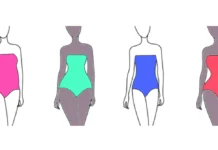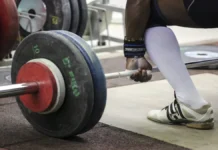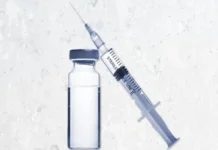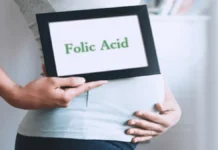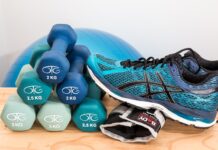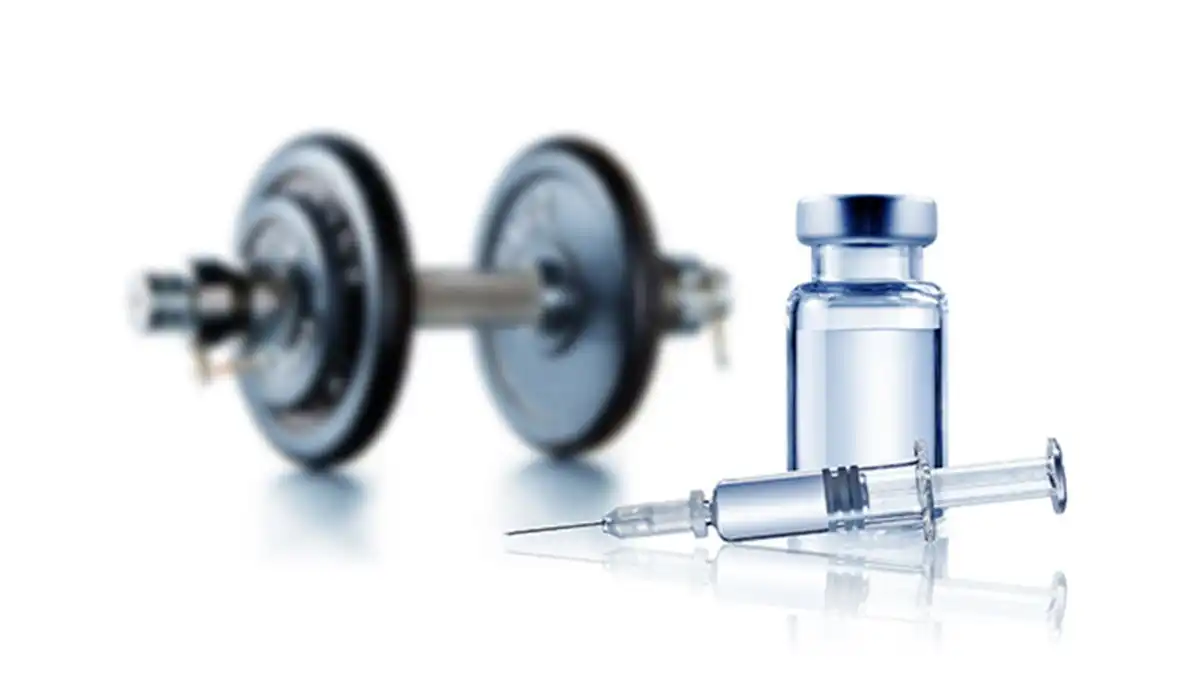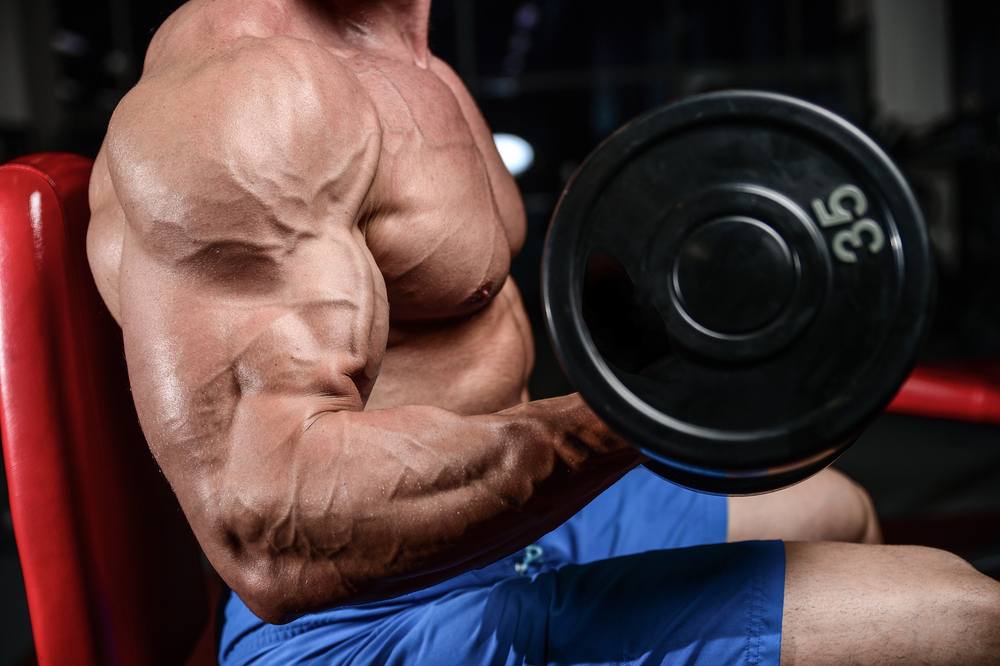Anabolic steroids are composed of testosterone and other testosterone-related substances that promote skeletal muscle growth, increase hemoglobin concentration, and secondary sex characteristics. These substances have been used since the 1930s to promote muscle growth, enhance athletic performance, and improve cosmetic appearance.
Motivation for the use of anabolic steroids in the female athlete
Anabolic steroid use among female athletes is a complex phenomenon, driven by a combination of psychological, sociocultural, and performance-related factors. Understanding these motivations is essential to addressing the problem ethically and effectively.
Search for performance and competitiveness
The primary motivation behind the use of anabolic steroids in female athletes is often the quest for increased performance. In a sporting environment where results are constantly scrutinized, the pressure to excel can drive some athletes to seek ways to improve their strength, endurance, and recovery. Anabolic steroids allow for increased protein synthesis, promoting increased muscle mass and faster recovery from exercise, which provides a significant competitive advantage.
Influence of the sports environment
The competitive environment in which athletes operate also plays a crucial role. Expectations from coaches, sponsors, and even fans can intensify the pressure on female athletes to achieve unrealistic levels of performance. In some cases, anabolic steroid use may be seen not only as a way to meet these expectations, but also as a requirement to remain competitive in an environment where others use performance-enhancing drugs.
Aesthetic pressure and body image
In addition to athletic performance, anabolic steroids are sometimes used to meet aesthetic pressures. In some sports, physical appearance, including defined musculature, is valued, which may lead some athletes to use steroids to meet these standards. Beauty standards promoted by the media and society can exacerbate this pressure, creating an environment where appearance is as important as performance.
Psychological factors
Psychological motivations, such as the desire to overcome personal insecurities or to feel more powerful, may also lead some female athletes to use anabolic steroids. Self-confidence related to better performance or improved physical appearance can act as a powerful motivator. The need for external validation, fear of failure, or the desire to stand out may also influence the decision to use these substances.
Influence of the environment
The influence of peers and authority figures in sport may also play a role in steroid use. In contexts where the use of performance-enhancing drugs is normalized or tolerated, athletes may feel pressured to follow suit so as not to be left behind. These group dynamics, combined with a lack of education about the risks associated with steroids, may facilitate their adoption.
Accelerating recovery after injury
For athletes who sustain injuries, the desire to return to competition quickly can be a powerful driver for steroid use. These substances can help speed recovery by increasing protein synthesis and reducing inflammation. In a context where an athlete’s career may be threatened by a prolonged absence, the temptation to resort to methods to speed recovery is understandable, even if it involves health risks.
Economic pressure
Financial considerations also play a role in some female athletes’ decisions to dope. The financial rewards of high-level performance, including sponsorship deals, victory bonuses, and media opportunities, can pose additional pressure. For some, steroid use may seem like a fast track to secure a steady income or improve their economic situation. This factor is particularly prevalent in sports where there are significant income gaps between high-level athletes and those who struggle to maintain their competitive status.
Desire for longevity in career
Career longevity is another motivating factor. Some female athletes may use steroids to extend their athletic careers by maintaining their performance level as they age. Steroids can help offset the natural effects of aging, such as decreased muscle mass and slower recovery, allowing athletes to remain competitive longer.
Lack of institutional support
In some cases, the lack of support from sports institutions, such as federations or teams, can push athletes to seek alternative solutions. If an athlete feels abandoned or insufficiently supported, whether in terms of medical care, training, or psychological preparation, she may be more likely to turn to steroids to fill this void. The absence of educational programs on the dangers of doping substances or the absence of support structures can aggravate this situation.
Influence of social networks and role models
Social media and sports influencers can also play an indirect role in promoting steroid use. Female athletes who follow role models who advocate or exhibit hyper-muscular bodies, often associated with steroid use, may be tempted to emulate them. The impact of social media, where appearance and performance are often glorified, can exacerbate the pressure to achieve these ideals by any means possible.
Lack of access to natural alternatives
Finally, the absence or lack of knowledge of natural alternatives to enhance performance, such as advanced training techniques, specialized nutrition, or non-pharmacological recovery methods, can lead some athletes to turn to steroids. When athletes are not informed or do not have access to these alternatives, steroids can appear as a quick and effective solution to achieve their goals.
These additional motivations demonstrate that anabolic steroid use among female athletes is often the result of a multitude of interrelated pressures and factors. To reduce the incidence of this phenomenon, it is essential to develop strategies that address not only performance needs, but also psychological well-being, social support, and education.
Virilizing side effects of anabolic steroids in women
Anabolic steroids, while popular for their effects on athletic performance, have been shown to cause significant virilizing side effects in women. These effects stem from increased levels of androgens, the male hormones that these drugs mimic or amplify. Here is a look at the major virilizing side effects seen in women using anabolic steroids.
Hirsutism
Hirsutism, characterized by excessive hair growth in areas typically male-patterned, is one of the most visible and concerning virilizing side effects of anabolic steroids in women. This condition is caused by increased levels of androgens in the body, hormones that stimulate hair growth.
In women, the appearance of thick, dark hair in typically masculine areas such as the chin, upper lip, chest, back, and sometimes even the arms and legs is particularly noticeable. This phenomenon is the result of an increased conversion of androgens to dihydrotestosterone (DHT), a more potent form of androgen, which acts directly on the hair follicles.
Hirsutism can range in severity, from slight extra hair growth to more severe growth, which can make the hair very visible and difficult to conceal. For many women, these changes are not only a source of aesthetic embarrassment, but they can also lead to significant psychological problems. The appearance of unwanted hair can affect self-confidence and self-esteem, creating feelings of shame or distress.
Treatment for hirsutism can be complex and often requires multiple interventions. Options include hair removal methods, such as laser or waxing, which can offer temporary or permanent solutions. However, these methods do not address the underlying problem related to the hormonal cause and may require ongoing management.
In addition to cosmetic treatments, it is crucial for women dealing with steroid-induced hirsutism to consult a healthcare professional for a complete evaluation. Doctors may recommend hormonal therapies to try to balance androgen levels or other approaches to mitigate side effects.
Psychological treatment and emotional support are also essential to help women manage the psychological impacts of hirsutism. Counselling and support can help address body image and self-confidence issues, enabling women to better cope with the consequences of their condition.
Clitoral hypertrophy
Clitoral hypertrophy is a serious and often concerning side effect of anabolic steroids in women. It is manifested by an abnormal increase in the size of the clitoris, resulting from prolonged exposure to high levels of androgens, male sex hormones that anabolic steroids mimic or amplify.
Mechanism and development
Anabolic steroids increase androgen levels in the body, leading to increased stimulation of androgen receptors in various tissues, including the genitals. This excessive stimulation causes growth of clitoral tissue, similar to that seen in other androgen-responsive tissues. Because of the high sensitivity of the clitoris to sex hormones, changes can occur relatively quickly and become more pronounced over time.
Deep voice
Virilization of the voice is also common. Anabolic steroids can cause thickening of the vocal cords, leading to a lowering of the pitch of the voice. This change is usually permanent, even after steroid use is stopped, and can affect a woman’s identity and sense of self.
Androgenetic alopecia
Women who use anabolic steroids may also experience androgenetic alopecia, a male-pattern hair loss characterized by thinning of the hair on the scalp, particularly at the temples and crown of the head. This condition can lead to partial or complete baldness.
Severe acne
Another notable side effect is acne, especially on the face, back and shoulders. Increased sebum production by the sebaceous glands under the influence of androgens leads to more frequent and often more severe breakouts, comparable to juvenile acne.
Menstrual disturbances
Anabolic steroids can disrupt the menstrual cycle, causing irregular periods or even amenorrhea, the complete absence of menstruation. These hormonal changes can also affect long-term fertility.
Changes in body morphology
Anabolic steroids promote muscle growth, but they can also cause a redistribution of body fat that is typically male. Women may experience a reduction in fat mass on the hips and thighs, with increased accumulation around the abdomen, resulting in a more masculine appearance.
Psychological effects
In addition to physical changes, anabolic steroids can cause psychological effects, including increased aggression, sometimes called “roid rage,” and mood changes. These effects can affect women’s interpersonal relationships and mental well-being.
Other side effects of SA in women
Women using anabolic steroids (AS) may be at increased risk of developing adverse androgenic effects, particularly when consuming counterfeit or fake AS (Perry, 1995). These effects may include significant increases in strength and muscle mass, often more pronounced than in men (George, 1996a).
The rapid muscle development induced by SA can lead to complications, such as tendonitis or even muscle and tendon tears. In addition, mood changes, antisocial behavior, and aggressive and violent behavior are well documented as side effects of SA, with studies indicating their potential role as precursors to violent crime (Korkia and Stimson, 1993; Schulte et al., 1993; Su et al., 1993; Choi and Pope, 1994; Pope and Katz, 1994; Lenehan et al., 1996; Pope et al., 1996; Copeland et al., 2000). These psychiatric effects appear to be similar in women (Korkia et al., 1996; Gruber and Pope, 2000).
Anabolic steroid use can also expose users to serious health risks, such as infections from unsanitary needle use and needle sharing, including hepatitis, HIV, and intramuscular abscesses (Rich et al., 2000). In addition, anabolic steroids can negatively impact a variety of health parameters, including serum lipids, liver function (particularly with 17-methylated steroids), and glucose tolerance. They also increase the risk of cardiovascular disease and thrombotic events, such as venous thromboembolism, stroke, and myocardial infarction (Parssinen et al., 2000).
Women using AS may also suffer from extreme body image dissatisfaction, associated with a body dysmorphic syndrome similar to anorexia. They may follow very strict diets and exercise programs, which can impair their social and occupational functioning (Gruber & Pape, 2000). In addition, the use of anabolic steroids during pregnancy may lead to virilization of the female fetus.
Psychological effects of anabolic steroids include irritability, hostility, mood changes, personality changes, and psychosis (Kanayama & Hudson, 2008). These manifestations can have a profound impact on the mental and emotional well-being of women using these substances.
References
- Choi, P. and Pope, H. G., Jr (1994) Violence toward women and illicit androgenicanabolic steroid use. Annals of Clinical Psychiatry 6(1), 21–5.
- Copeland, J., Peters, R. and Dillon, P. (2000) Anabolic-androgenic steroid use: disorders among a sample of Australian competitive and recreational users. Drug and Alcohol Dependence 60(1), 91–6.
- George, A. (1996a) The anabolic steroids and peptide hormones. In Drugs in Sport (2nd edn) (ed. D. R. Mottram), pp. 173–218. E & FN Spon, London.
- Gruber, A. J. and Pope, H. G. (2000) Psychiatric and medical effects of anabolicandrogenic steroid use on women. Psychotherapy and Psychosomatics 69(1), 19–26.
- Kanayama G, Hudson JI, Pope HG Jr. (2008) Long-term psychiatric and medical consequences of anabolic-androgenic steroid abuse: a looming public health concern? Drug Alcohol Depend;98:1–12.
- Korkia, P. and Stimson, G. V. (1993) Anabolic Steroid Use in Great Britain: An Exploratory Investigation. A report for the Department of Health, the Welsh Office and the Chief Scientist Office, Scottish Home and Health Department. The Centre For Research on Drugs and Health Behaviour, London.
- Korkia, P., Lenehan, P. and McVeigh, J. (1996) Non-medical use of androgens among women. The Journal of Performance Enhancing Drugs 1(2), 71–6.
- Korkia, P. and Stimson, G. V. (1997) Indications of prevalence, practice and effects of anabolic steroid use in Great Britain. International Journal of Sports Medicine 18(7), 557–62.
- Perry, H. (1995) Counterfeit-fake anabolic steroids and hazards of their use. Relay 1(4), 9–12.
- Parssinen M, Kujala U, Vartiainen E, Sarna S, Seppala T. (2000) Increased premature mortality of competitive powerlifters suspected to have used anabolic agents. Int J Sports Med ;21:225–7.
- Pope, H. G. and Katz, D. (1994) Psychiatric and medical effects of anabolicandrogenic steroid use. Archives of General Psychiatry 51, 373–82
- Pope, H. G., Jr, Kouri, E. M., Powell, K. F., Campbell, C. and Katz, D. L. (1996) Anabolic-androgenic steroid use among 133 prisoners. American Journal of Psychiatry 153(10), 1369.
- Rich JD, Dickinson BP, Feller A, Pugatch D, Mylonakis E. The infectious complications of anabolic-androgenic steroid injection. Int J Sports Med 1999;20:563–6.
- Schulte, H., Hall, M. and Boyer, M. (1993) Domestic violence associated with anabolic steroid abuse. American Journal of Psychiatry 150, 348.
- Strauss, R. H., Liggett, M. and Lanese, R. (1985) Steroid use and perceived effects in ten weight trained women athletes. Journal of the American Medical Association 253, 2871–3.
- Su, S. T., Pagliaro, M., Schmidt, P. J., Pickar, D., Wolkowitz, O. and Rubinow, D. R. (1993) Neuropsychiatric effects of anabolic steroids in male normal volunteers. Journal of the American Medical Association 269(21), 2760–5



